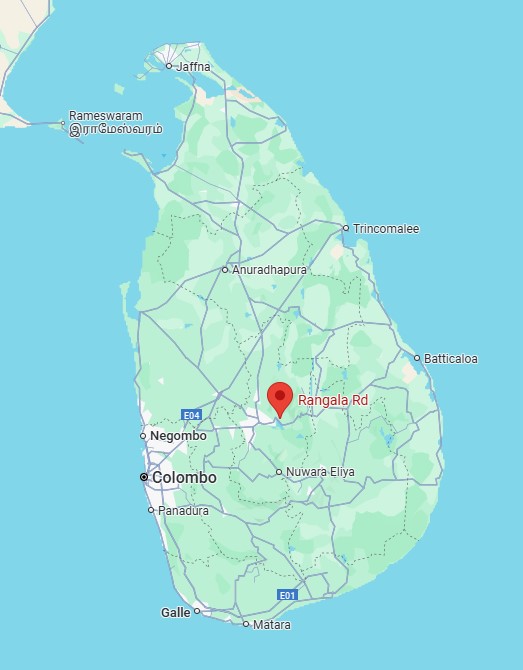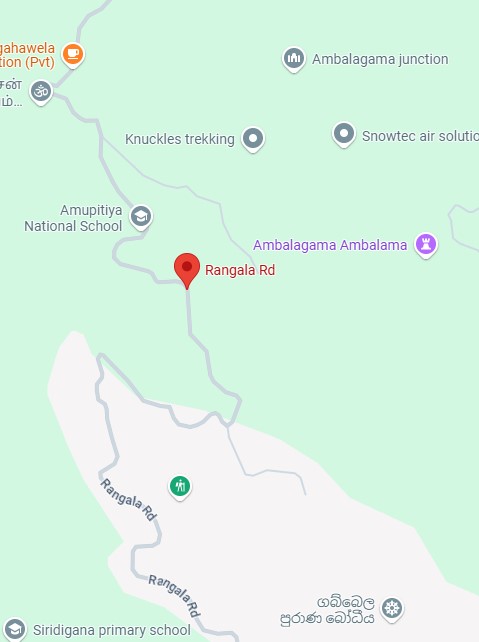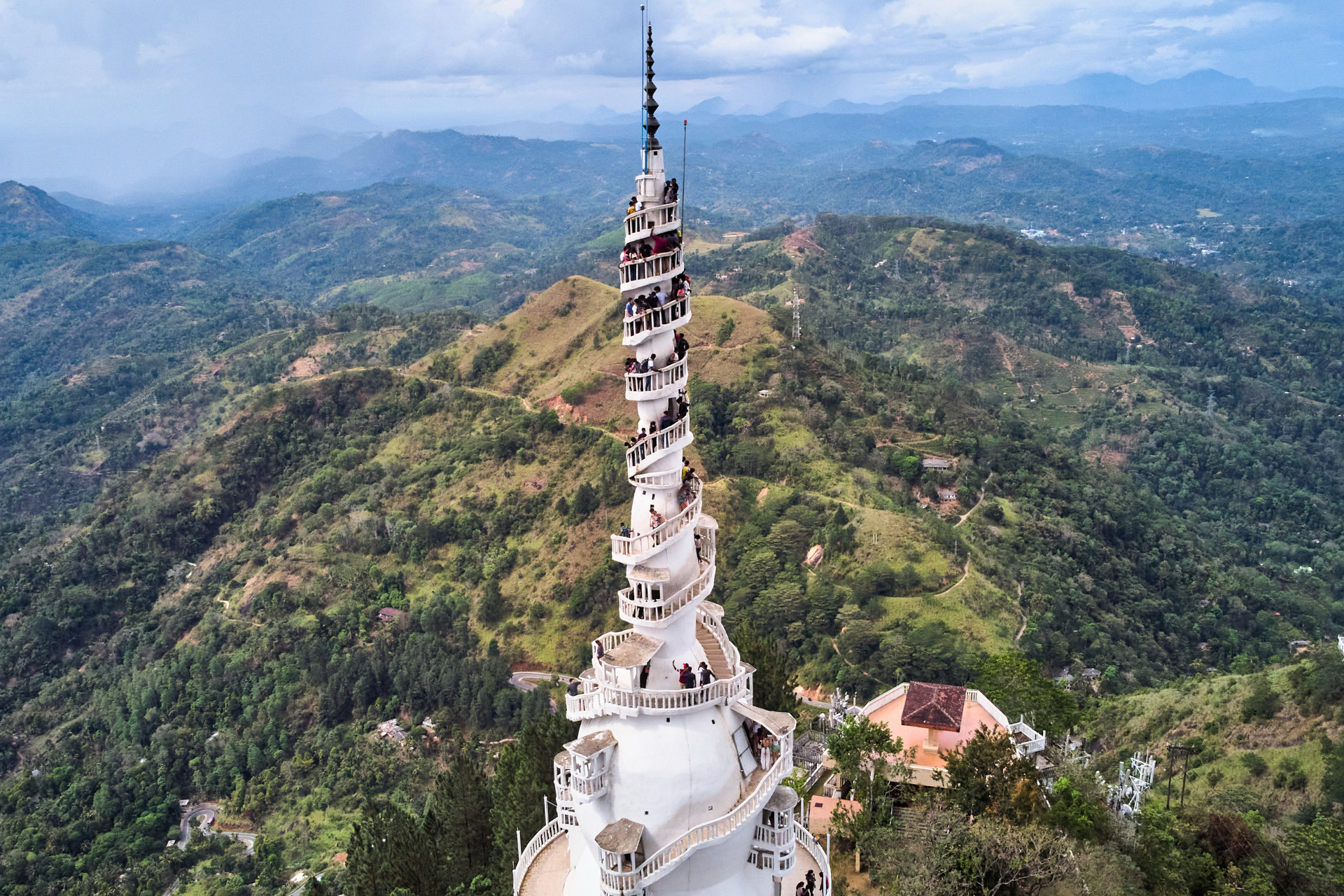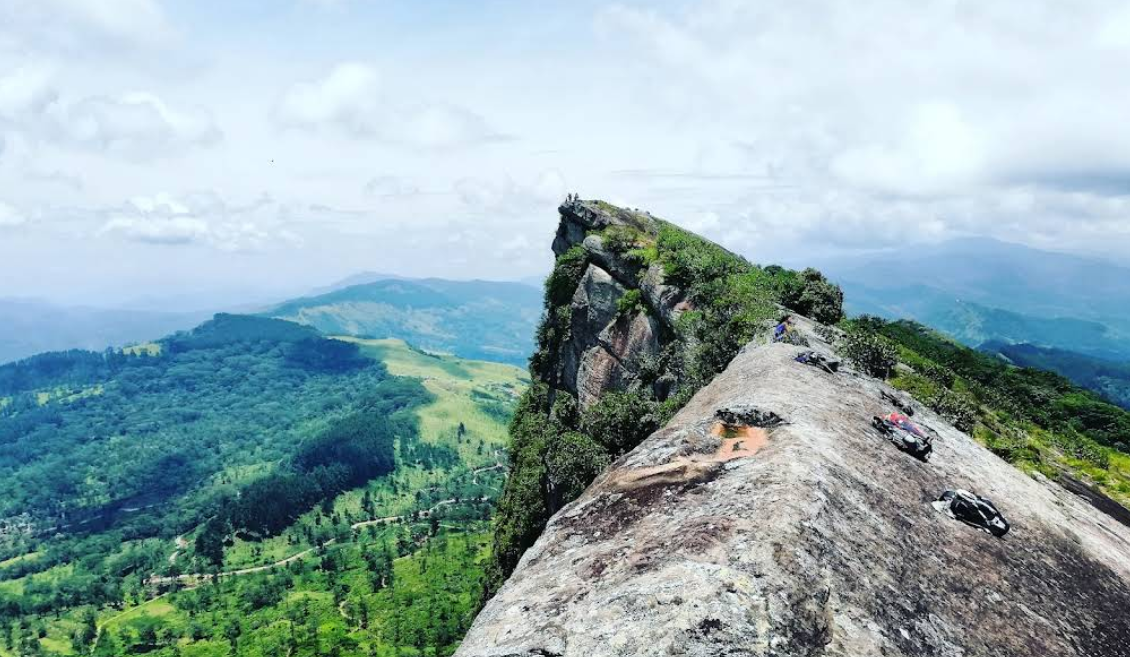Rangala: A Hidden Gem in Sri Lanka’s Hill Country
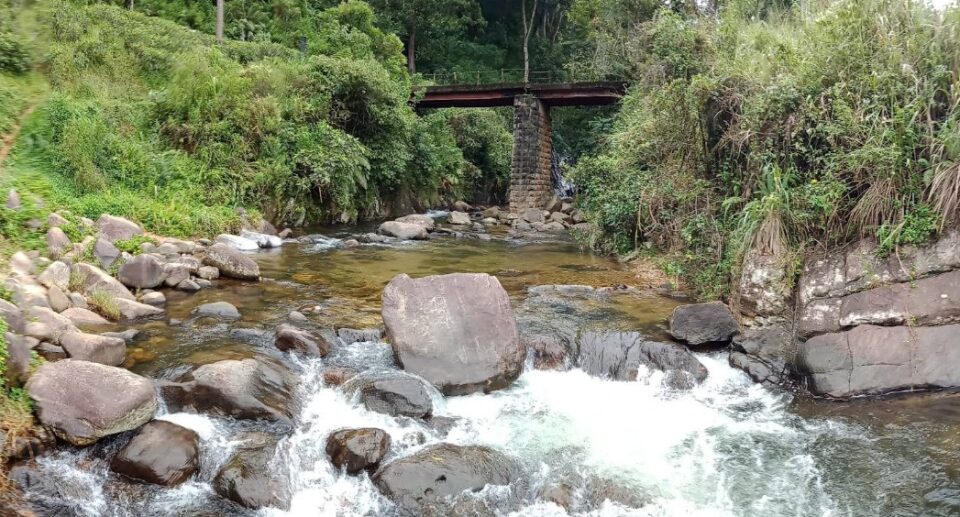
Deep within Sri Lanka’s central highlands, nestled in the emerald creases of the Knuckles Mountain Range, is a tiny but breathtaking village called Rangala. Rangala is located about 35 kilometers from the city of Kandy and is a world where time is slower, nature blooms, and the air is cleaner. Although less visited than other tourist spots, Rangala is a treasure trove for nature lovers, trekkers, photo enthusiasts, and all those seeking solitude away from urban hordes.
Travel to Rangala
The drive to Rangala is an experience in itself. From Kandy, travelers travel through rolling tea estates, misty mountain ridges, and picturesque villages such as Digana and Teldeniya. The drive, although only 1.5 to 2 hours, offers breathtaking panoramic vistas of the central highlands. One can expect to see tea pluckers working, kids playing along the road, and clouds lazily gliding over summits.
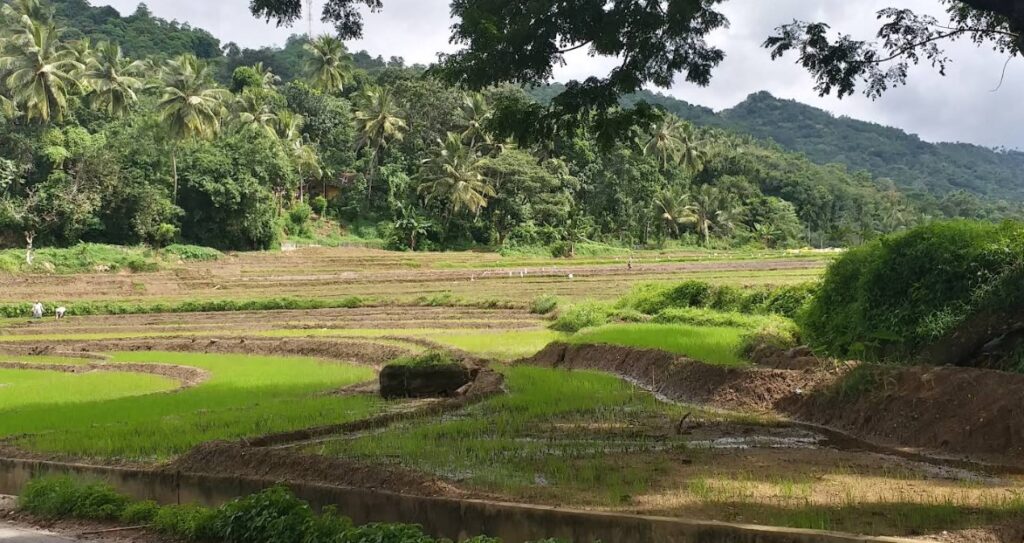
The roads are also winding and narrow, providing an adventure experience for the ride. As you arrive at Rangala, the altitude rises, the temperature becomes lower, and the scenery is greener and cleaner by the minute.
Natural Wonders of Rangala
Rangala is enclosed by the Knuckles Mountain Range, also known as Dumbara Kanduvetiya, which in Sinhala means “mist-covered mountain range.” This UNESCO World Heritage Site is Sri Lanka’s most diverse region, and home to orchids that are rare, amphibians that are unique, birds that are endemic, and leopards. The entire area is a natural living museum of tropical montane and cloud forests.
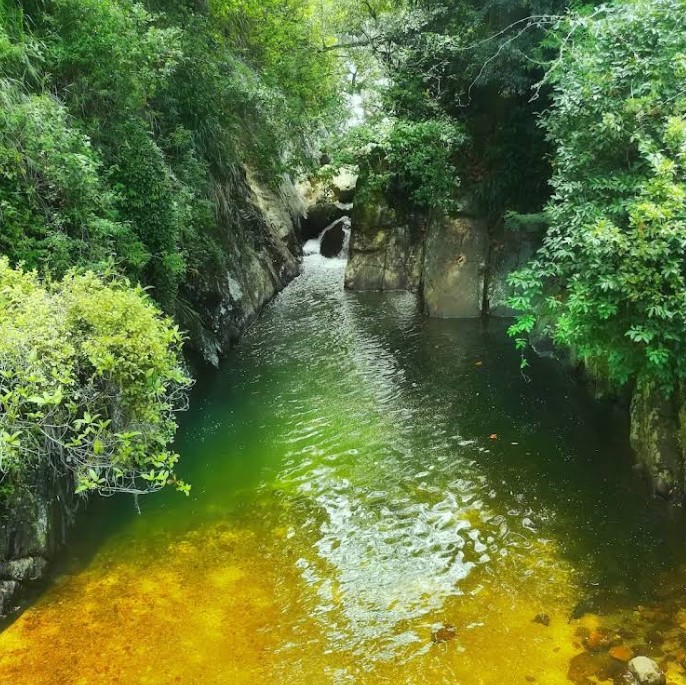
One of the most familiar Rangala attractions is the Rangala Natural Pool—a serene, crystal-clear pool formed by a mountain stream. It is lined with large rocks and thick forest, so a very good spot for a refreshing plunge or picnic. Though lovely, caution is also recommended since the pool has deep areas and strong currents, especially during rainy season.
One of the greatest attractions here is trekking. There are trails to suit every kind of hiker, ranging from simple forest walks to challenging mountain climbs in the Knuckles Range. The views from the ridgeline are simply breathtaking, with rolling green hills and cliffs and infinite blue sky. Early risers can observe the sun rise behind the misty mountains in a breath-taking scene.
Biodiversity and Eco-Tourism
Rangala is very bio-diverse and found to be an ecologically valuable zone in Sri Lanka. It harbors over 34% of the island’s endemic plant and tree species, as well as over 27% of endemic vertebrates, in the Knuckles region. Bird enthusiasts are particularly drawn to Rangala because of its rich variety of birds, including the Sri Lanka whistling thrush, Layard’s parakeet, and the yellow-fronted barbet.
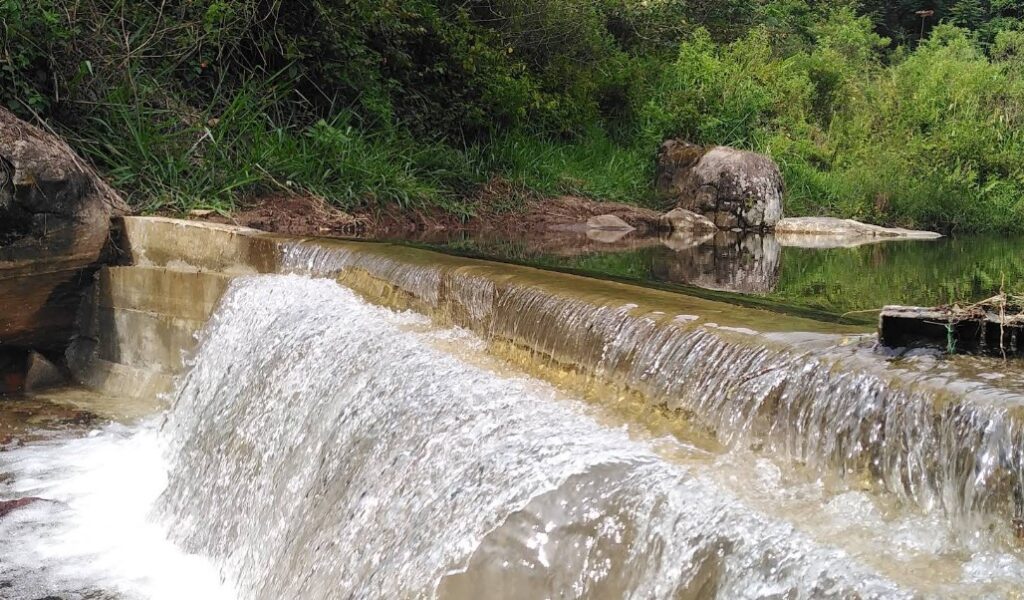
Eco-tourism is increasing in Rangala, with several eco-lodges and camps promoting sustainable tourism. Tourists are invited to trek responsibly, avoid plastic, and assist in local conservation.
Rangala House – Comfort in the Wilderness
One of Rangala’s best-rated hotels is Rangala House. A vintage colonial-era tea planter’s bungalow, it has been respectfully restored as a boutique eco-lodge. Sitting on the edge of a tea estate, the property offers colonial charm and convenient modern amenities, such as a swimming pool, individual balconies, and breathtaking mountain views.
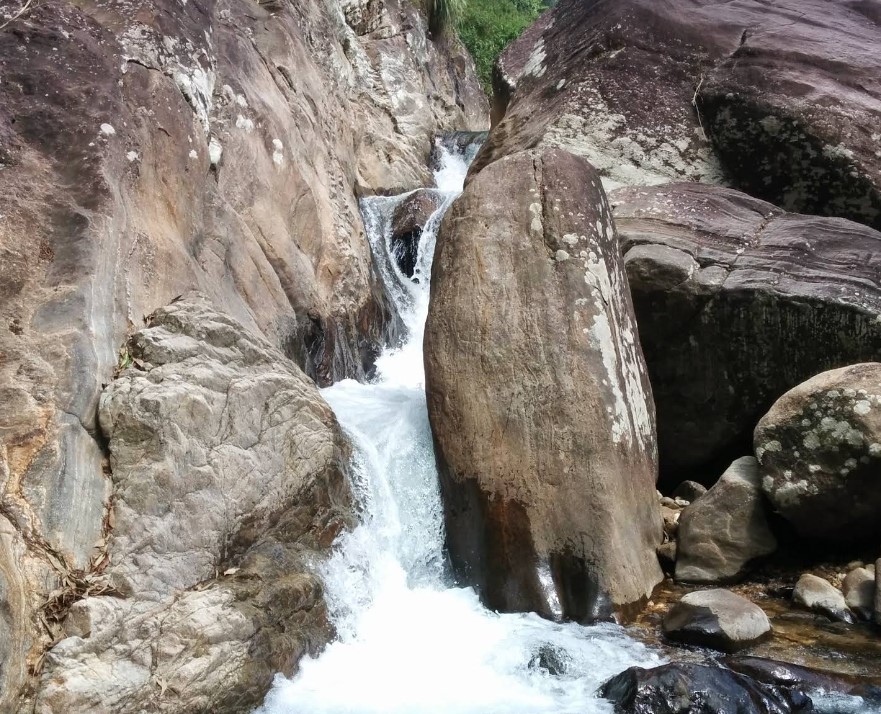
The house offers an intimate stay with limited guest rooms and is best for couples or small parties. Meals are prepared by local chefs on site from fresh vegetables at nearby bazaars or their own gardens. Sri Lankan rice and curry, breakfast la carte, and snacks are served on a regular basis.
Better than it would be as just a sleeping spot, Rangala House offers guided treks, bird watching tours, and photography classes. It’s a great headquarters from which to venture out into the surrounding forests or sit and enjoy a cup of Ceylon tea on the veranda.
Village Life and Local Culture
In spite of its small size, Rangala is a traditional and culturally rich village. The people, who are mostly Sinhalese and Tamil, are warm and welcoming. Tea production, agriculture, or small-scale hospitality services are the main occupations for most of the families. Tea bushes cover the slopes of hills, and vegetable field farmers can be normally spotted.
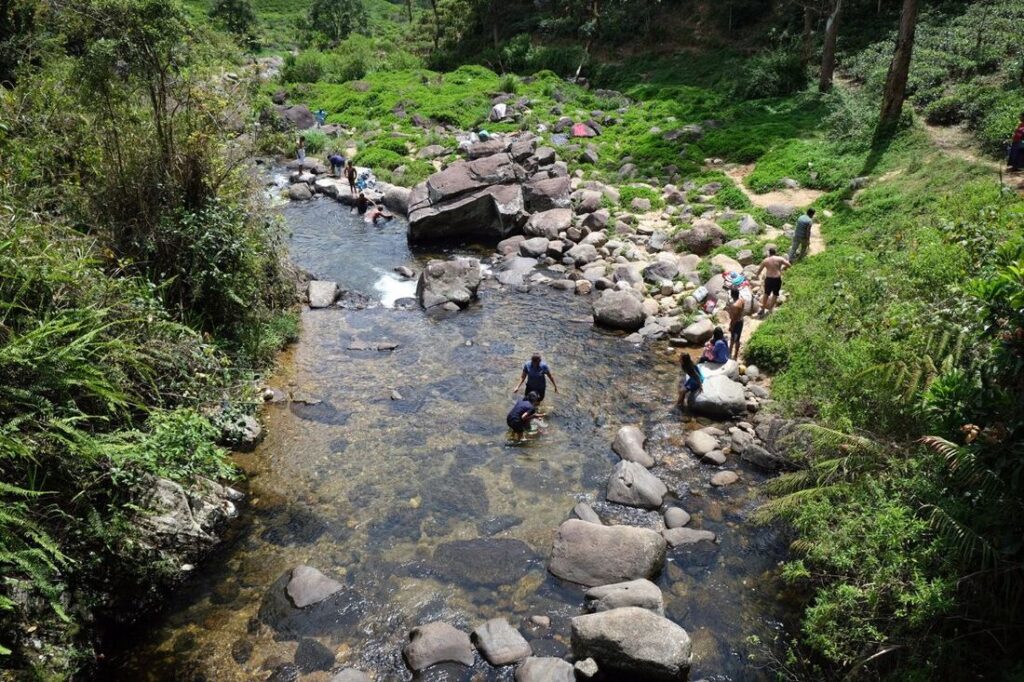
The tourists can walk through the village and visit neighborhood houses, temples, and community centers. A cooking course or religious festival visit can provide a better insight into the ways of people residing in Rangala. The locals are also ready to share their heritage, tea culture, and hill life.
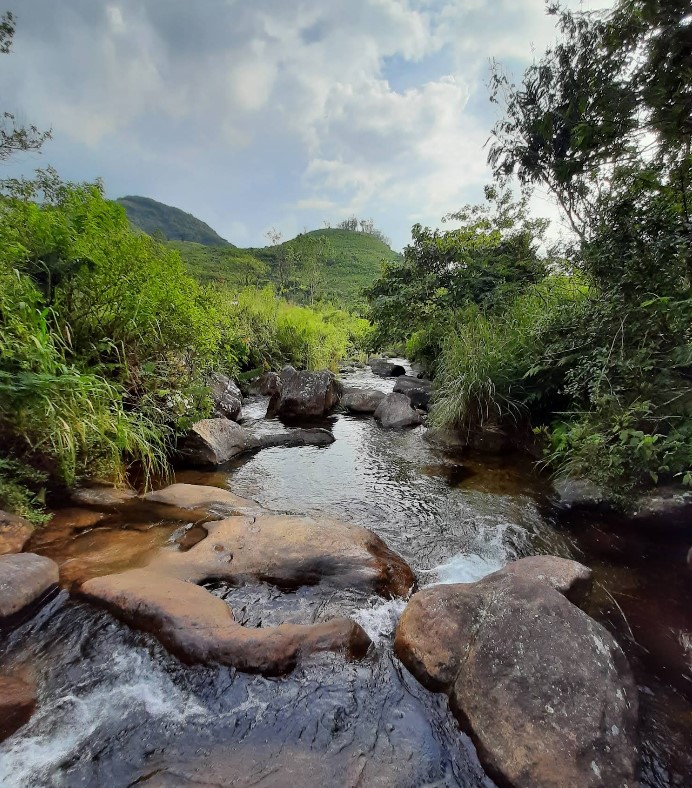
Nearby Attractions
While Rangala is a destination in itself, there are a handful of attractions in close proximity that are perfect for day excursions:
Knuckles Five Peaks Hike – A challenging but rewarding trek for the experienced hiker.
Corbett’s Gap Viewpoint – Famous for dramatic scenery and frequent rainbows.
Meemure Village – One of Sri Lanka’s most off-the-beaten-path villages, accessible by wild trails.
Victoria Reservoir and Randenigala Dam – Ideal for a quiet picnic or scenic shots.
Kandy is also within comfortable distance for a day excursion to Temple of the Tooth, Royal Botanical Gardens, or bazaars.
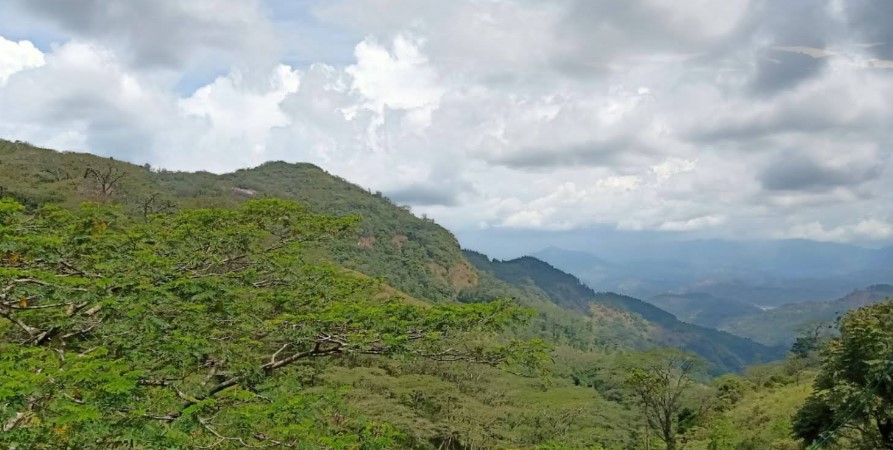
Climate and Best Time to Visit
Rangala receives a cooler climate than Sri Lanka’s lowlands. Temperature is generally between 18°C and 25°C. Mornings and evenings can be quite cool, especially during the period between the months of December to February, so warm clothing is advisable to pack.
The best time to visit Rangala is from the dry season of December to March and June to September. The weather is clear with blue skies and trekking is at its best. However, even the rainy season has its charm, where mornings are dewy and nature is green all around.
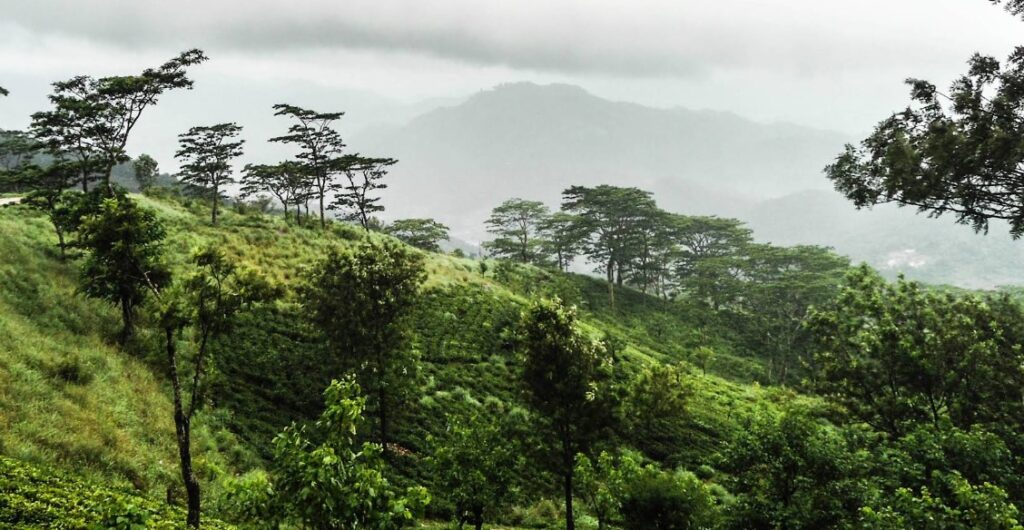
Responsible Travel Tips
Leave No Trace: Do not litter. Do not discard any waste. Respect Wildlife: Keep a distance and do not feed animals. Support Local: Buy crafts, produce, or food from the locals. Travel Sustainably: Use eco-lodges and avoid plastic usage. Rangala’s beauty lies in its pristine state—let’s keep it that way for future generations too.
Rangala is more than just a village—it is a gateway to one of Sri Lanka’s most captivating natural environments. Whether you’re an adventurer, a birdwatcher, a photographer, or a soul-seeker looking for peace, Rangala has something to offer. It’s a place where the mountains meet the mist, where culture and nature co-exist, and where every path leads to discovery.
For the ones who adore the peaceful rustling of leaves, the distant hooting of birds, or the delight of sipping tea in a vista, Rangala might be the perfect haven. In the midst of the bustling map of global travel, Rangala is a beautiful secret waiting to happen.

How to Get to Rangala (from Kandy, Sri Lanka)
Rangala is located about 35 km northeast of Kandy, in the Central Province of Sri Lanka, near the Knuckles Mountain Range. Here’s a detailed guide on how to get there:
By Car or Tuk Tuk (Most Convenient Way)
- Route:
Kandy → Digana → Teldeniya → Medamahanuwara → Rangala - Driving Time:
Approx. 1.5 to 2 hours - Directions:
- Start from Kandy City.
- Drive toward Digana (around 15 km).
- Continue through Teldeniya on the B374 Road.
- After Teldeniya, take the left turn at Medamahanuwara toward Rangala.
- Continue uphill through scenic tea estates and villages.
- Road Conditions:
The last part of the route is narrow and winding, so drive carefully. A 4×4 vehicle is ideal if you’re visiting during the rainy season.
By Bus (Budget Option)
- Take a bus from Kandy to Teldeniya (frequent local buses available).
- From Teldeniya, take a smaller local bus or hire a tuk-tuk to Rangala.
- This may require some local knowledge and time flexibility.
By Taxi or Ride-Sharing App
- You can book a taxi from Kandy through apps like PickMe or Uber (availability may be limited depending on time of day).
- Negotiate a price with local taxi drivers if you’re not using an app.
- Expected cost: Rs. 3000–5000 (USD $10–15) depending on the vehicle.
